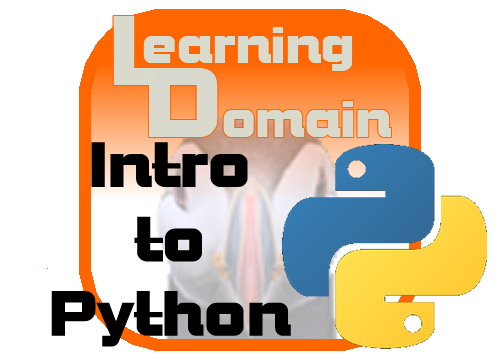Understanding Computers
A1. describe the functions of different types of hardware components, and assess the hardware needs of users;
A2. describe the different types of software products, and assess the software needs of users;
A3. use the basic functions of an operating system correctly;
A4. demonstrate an understanding of home computer networking concepts;
A5. explain the importance of software updates and system maintenance to manage the performance and increase the security of a computer.
Introduction to Programming
B1. describe fundamental programming concepts and constructs;
B2. plan and write simple programs using fundamental programming concepts;
B3. apply basic code maintenance techniques when writing programs.
Computers and Society
C1. describe key aspects of the impact of computers and related technologies on society;
C2. describe computer use policies that promote environmental stewardship and sustainability;
C3. describe legal and ethical issues related to the use of computing devices;
C4. describe postsecondary education and career prospects related to computer studies
Introduction to Python
This course has been provided to allow students aged 14-18 to learn the basics of the Python programming language. There is a course workbook which can be used as a basis for learning where schools do not have access to Moodle.
Learning Domain can provide a hosted version for you should you wish. Please contact us via the phone number or email on the website.
“ Python is an easy to learn, powerful programming language. It has efficient high-level data structures and a simple but effective approach to object-oriented programming.
Python’s elegant syntax and dynamic typing, together with its interpreted
nature, make it an ideal language for scripting and rapid application
development in many areas on most platforms.”
www.python.org
